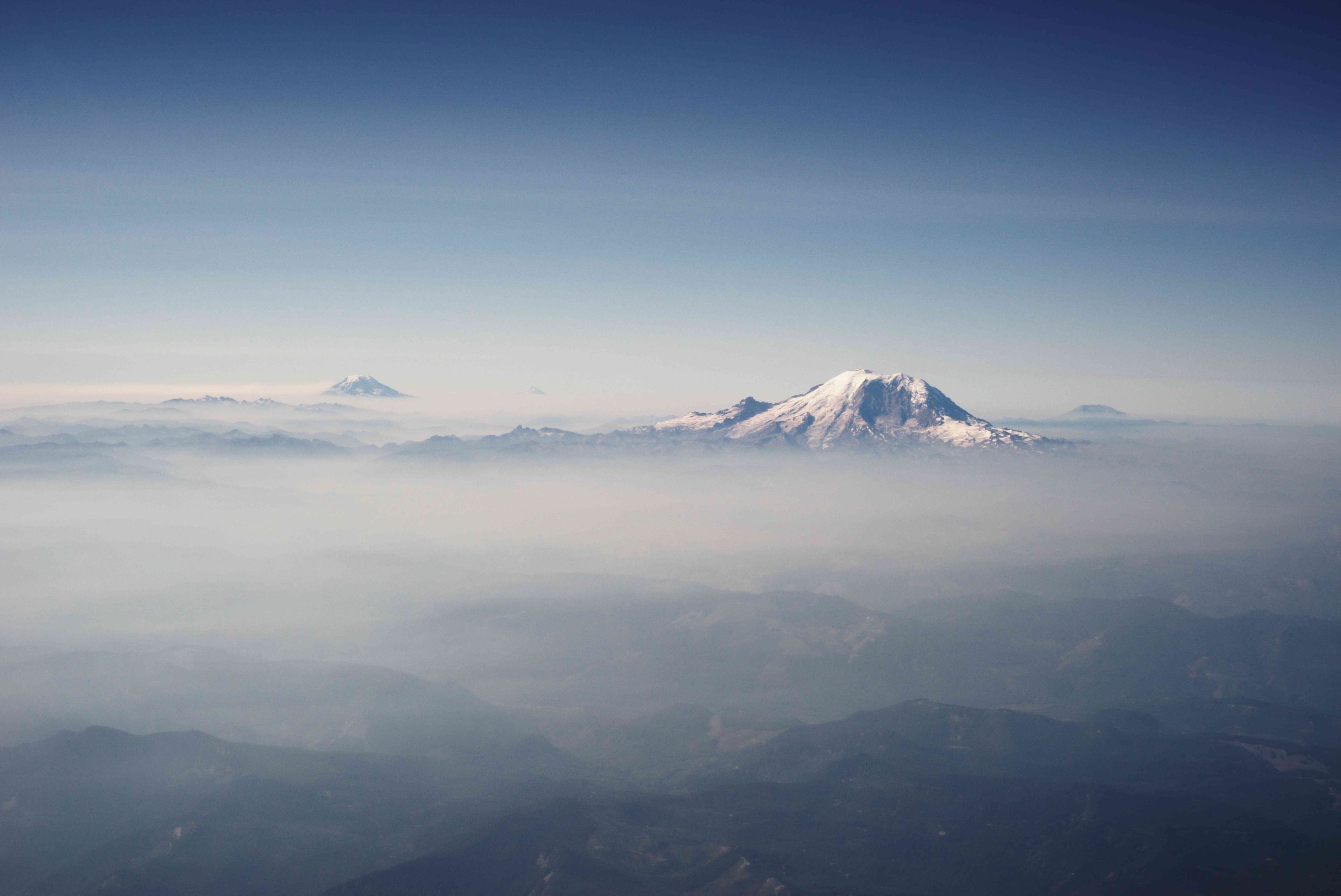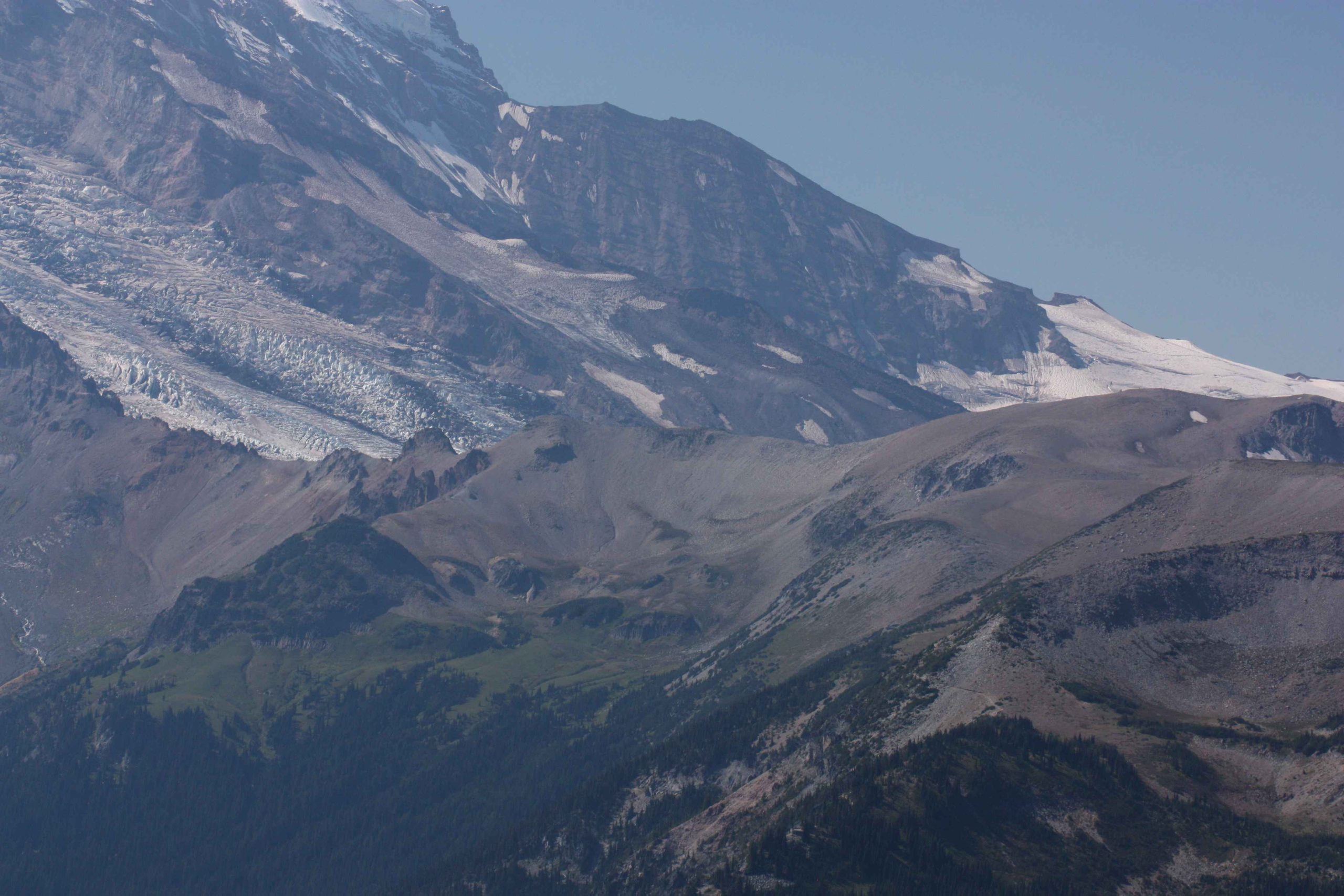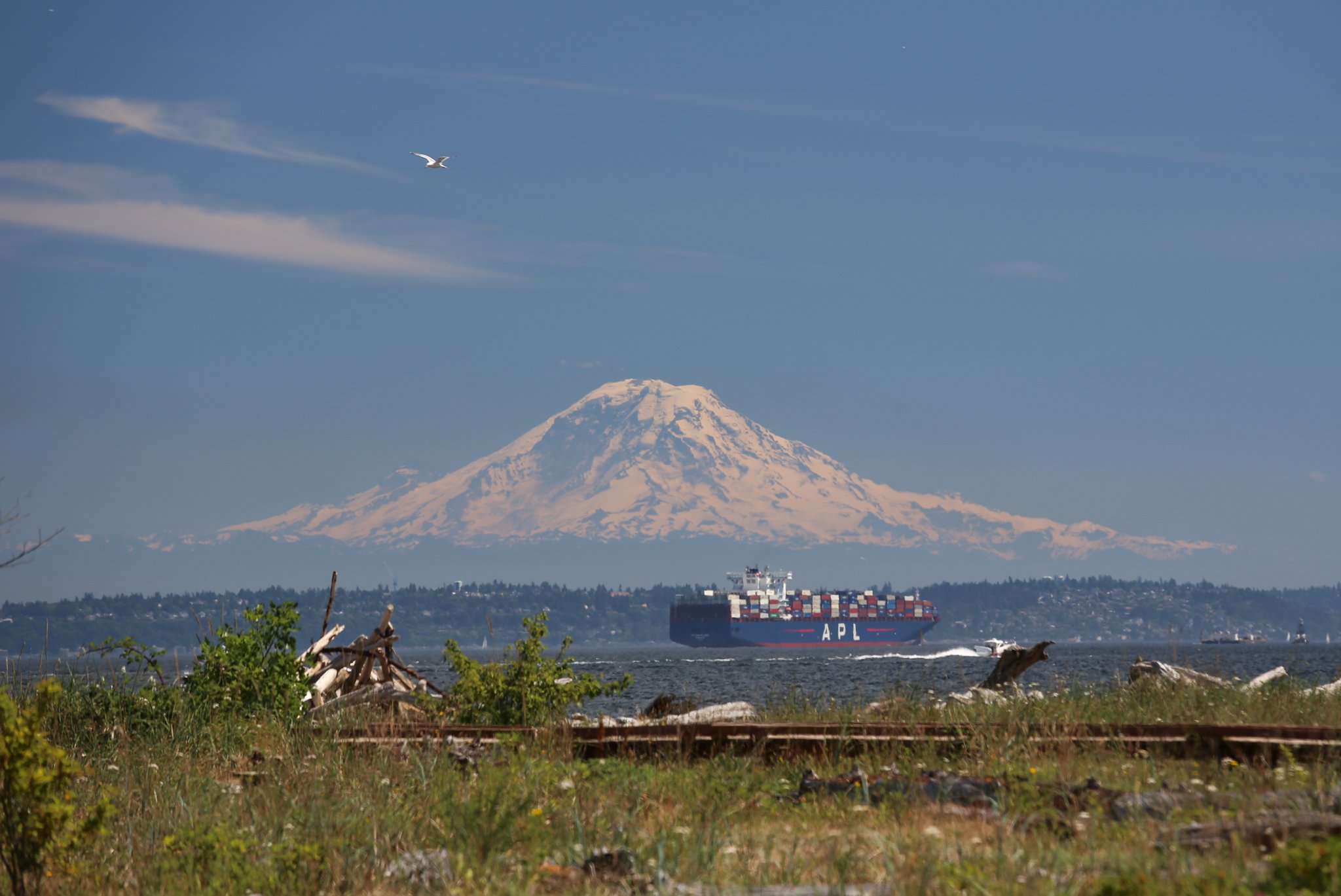Mount Rainier National Park experiences significant crowds during peak season, particularly in July and August. With over 1.5 million annual visitors and a 40% increase in visitation over the last decade, managing crowds has become crucial. The park has implemented strategies like timed entry reservations to control visitor flow, especially in popular areas such as Paradise and Sunrise. Understanding crowd patterns and planning accordingly can greatly enhance your visit to this iconic Washington landmark.
What Are the Peak Season Months for Mount Rainier Crowds?

The summer months, particularly July and August, see the highest concentration of visitors at Mount Rainier National Park. This period coincides with the best weather conditions and the blooming of wildflowers, making it an attractive time for tourists. However, this popularity comes with challenges:
- In 2019, the park recorded 1,501,621 visitors, with a significant portion during summer.
- The park has seen a 40% increase in visitation over the last 10 years.
- Daily visitor numbers spike during peak season, leading to potential overcrowding.
To manage these crowds, the park has implemented various strategies, including a timed entry reservation system for certain areas.
Which Trails Are the Busiest and How Are Crowds Managed?

The Paradise and Sunrise Corridors are among the most popular areas in Mount Rainier National Park, known for their scenic beauty and access to hiking trails. These areas experience the highest concentration of visitors, especially during peak hours.
Busiest Trails:
- Paradise area trails
- Sunrise area trails
- Wildflower meadows
Crowd Management Strategies:
- Timed entry reservation system for vehicles
- Encouraging visits during off-peak hours (before 7:00 am or after 3:00 pm)
- Implementation of park guidelines and regulations
The timed entry system helps distribute visitors throughout the day, reducing congestion and improving the overall experience for everyone.
How Does Parking Availability Affect Mount Rainier Crowds?
Parking facilities near popular areas like Paradise and Sunrise play a crucial role in managing Mount Rainier crowds. The availability and capacity of these parking areas directly impact visitor flow and experience.
| Parking Area | Capacity | Peak Time Fill Rate |
|---|---|---|
| Paradise | Limited | Often full by midday |
| Sunrise | Limited | Fills quickly |
To address parking challenges:
– Visitors need a timed entry reservation in addition to park entrance fees.
– The timed entry system helps manage vehicle flow and reduces wait times.
– Early arrival is recommended to secure parking, especially during peak season.
What Events and Activities Draw Large Crowds to Mount Rainier?
Several natural phenomena and recreational activities attract large crowds to Mount Rainier during peak season:
- Wildflower Blooms: The spectacular wildflower displays, especially at Paradise, are a major draw.
- Hiking: Popular trails see increased foot traffic during summer months.
- Climbing: Mount Rainier attracts climbers from around the world.
- Scenic Drives: Many visitors enjoy touring the park by car.
While specific event-related statistics are not available, the overall visitation numbers indicate the popularity of these activities. In 2021, the park welcomed 1,670,063 visitors, with a significant portion during summer months.
Recommendations for Managing Crowd Flow:
- Make timed entry reservations well in advance.
- Consider visiting during less crowded times (early morning or late afternoon).
- Be prepared and follow park guidelines for a safe and enjoyable experience.
- Explore less-visited areas of the park to avoid the busiest spots.
How Can Visitors Plan for Mount Rainier Crowds?
Planning is key to navigating Mount Rainier crowds and ensuring a positive experience. Here are some strategies to consider:
- Timing Your Visit:
- Aim for weekdays rather than weekends.
- Consider visiting during shoulder seasons (late spring or early fall).
-
Arrive early in the day or later in the afternoon to avoid peak hours.
-
Reservations and Passes:
- Secure a timed entry reservation for popular areas.
-
Purchase park passes in advance to save time at entrance stations.
-
Alternative Destinations:
- Explore less-visited areas of the park, such as Ohanapecosh or Mowich Lake.
-
Consider nearby attractions to spread out your visit.
-
Transportation Options:
- Use park shuttles when available to reduce parking pressure.
-
Carpool with other visitors to minimize vehicle congestion.
-
Stay Informed:
- Check the park’s official website for real-time updates on crowd levels and closures.
- Follow Mount Rainier National Park on social media for current conditions.
By implementing these strategies, visitors can better navigate the challenges posed by Mount Rainier crowds and enjoy a more relaxed and fulfilling experience in this stunning natural environment.
What Impact Do Mount Rainier Crowds Have on the Park?
The increasing number of visitors to Mount Rainier National Park has several impacts on the environment and visitor experience:
- Environmental Concerns:
- Increased trail erosion
- Potential disturbance to wildlife habitats
-
Strain on park facilities and resources
-
Visitor Experience:
- Longer wait times for services and facilities
- Reduced solitude and tranquility in popular areas
-
Potential for overcrowding on trails and viewpoints
-
Management Challenges:
- Need for increased staffing and resources
- Implementation of crowd control measures
- Balancing access with conservation efforts
To address these impacts, the park service has implemented various measures:
- Timed Entry System: Helps distribute visitors throughout the day.
- Education Programs: Inform visitors about Leave No Trace principles.
- Trail Maintenance: Regular upkeep to mitigate erosion and damage.
- Capacity Limits: Restrictions on certain areas to prevent overuse.
Visitors can play a role in minimizing their impact by following park guidelines, staying on designated trails, and being mindful of their environmental footprint.
How Does Weather Affect Mount Rainier Crowds?
Weather conditions play a significant role in visitor patterns at Mount Rainier National Park:
| Season | Weather Conditions | Crowd Levels |
|---|---|---|
| Summer | Mild, dry | Highest |
| Fall | Cool, variable | Moderate |
| Winter | Cold, snowy | Low |
| Spring | Cool, wet | Low to Moderate |
During peak summer months:
– Clear weather leads to increased visitation.
– Sudden weather changes can cause fluctuations in crowd levels.
– Wildflower blooms, dependent on weather, can draw large crowds.
Visitors should:
– Check weather forecasts before their trip.
– Be prepared for rapid weather changes, especially at higher elevations.
– Consider visiting during shoulder seasons for a balance of good weather and fewer crowds.
By understanding the relationship between weather and crowd levels, visitors can better plan their trips and expectations.
In conclusion, managing Mount Rainier crowds requires a combination of park service strategies and visitor cooperation. By planning ahead, staying informed, and being flexible, visitors can navigate peak season challenges and enjoy the breathtaking beauty of Mount Rainier National Park.
References:
- https://www.nationalparked.com/mount-rainier/visitation-statistics
- https://www.nationalparkstraveler.org/2020/11/mount-rainier-not-place-take-lightly
- https://mtrainierguestservices.com/timed-entry-information/

